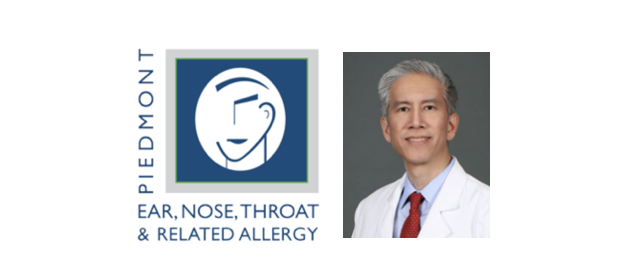First and foremost, many patients demonstrating symptoms of R TMCC patterning will NOT need dental intervention! But it is helpful to know how to recognize those who will. We hope this stepwise chart will aid in decision making.
STEP 1: LOCATION OF SYMPTOMS FROM HISTORY
- Headache – almost always!
- Neck pain – possibly. Depends on chronicity.
- Hx of fracturing back teeth without apparent reason
- Hx of multiple other dental interventions
- Hx of unrelenting pain regardless of working with excellent therapist
STEP 2: OBJECTIVE FINDINGS FROM CLINICAL EVALUATION
- Narrow infrasternal angle – this necessitates use of accessory breathing via neck
- Bite distortions: Anterior open bite/open posterior bite/cross-bite
- Tongue tie, V-shaped palates, maxillary cant
- Negative L ADT test on first visit!
STEP 3: CONFIRM USING TESTING IN VARYING POSITIONS:
After brachial chain intervention resulting in bilateral 90 degrees HG-IR, refer to dentist if any of the following other limitations persist:
- L HG-HAbD
- limitation in cervical lordosis
- limitation in cervical-axial rotation
- Limitation in mid-cervical lateral flexion
- Or, patient can maintain BC and TMCC neutrality but symptoms persist
STEP 4: SETTING UP YOUR DENTIST FOR MANAGING EXPECTATIONS
Alert your dentist to have his cell phone handy, when you are seeing patients; this open line of communication is critical. Taking the following photos will help your dentist to prepare any complications that need to be discovered prior to treatment planning:
- Full face, resting.
- Profile face, relaxed.
- Zoomed mouth baring teeth.
- Zoomed mouth, side view of teeth.
- Upper and lower arches.
- Open mouth with tongue to roof of mouth.
**Try taking these both with and without the flash**
STEP 5: SETTING PATIENT UP FOR MANAGING EXPECTATIONS
When referring, you may be asked: “can’t my regular dentist make a bite guard for me?” There are several easy answer options:
- “If this issue were simply a dental issue, I have no doubt that would work.”
- “There are dental specialists who can make a bite guard that manage both your clenching/bruxism/TMJ problem/airway issue as well as how your head and neck need to move on your body.”
Patients will sometimes ask this difficult question: “Shouldn’t my dentist have caught on to this?”
- answer: “you see a general dentist? This is something recognized and treated by a dental bite specialist.”
Other information is very helpful, regarding the business relationship with the dental office: for example,
- “Dr C’s office is fee for service, and the initial visit is $.”
- “Dr X will likely want to see a copy of your dental x-rays, along with these photos, prior to scheduling your initial visit.”


